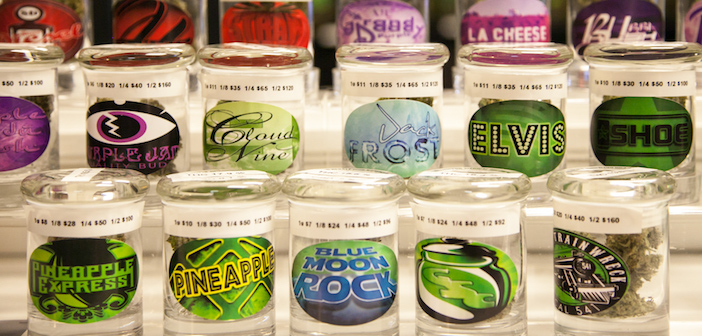As Bill C-45 continues to make its historic journey through the Canadian parliamentary process, one of the hot-button issues that continues to get attention is the way marijuana products will be branded and advertised to Canadians.
The federal government has taken a strict position on cannabis marketing by outlining a plain packaging requirement with little to no advertising opportunities available. Licensed producers of cannabis across the country voiced their collective opposition to the branding restrictions, going as far as submitting a proposed set of self-regulating guidelines to the feds for consideration.
But now that a large-scale public consultation period is underway, it’s the perfect time to seek advice from advertising gurus on a healthy way for legal marijuana to be marketed.
Terry O’Reilly is a legendary advertising executive in Canada, with a 35-year career that includes hosting popular radio shows and authoring books on how marketing affects popular culture. He sat down with Marijuana.com to offer some insight on branding Canada’s hottest new industry.

O’Reilly added that he was somewhat taken aback to see the government trying to enact such strict regulations on branding. “I always assumed there would be branded products in the cannabis category so I was surprised to see the government was shifting it towards the tobacco regulations,” he said. “I know this is an ongoing process and the government has asked for feedback, but I hope that they get to a place where they will allow branding of the various products.”
One of the main reasons behind O’Reilly’s point of view is the importance of “healthy competition” among manufacturers. “[Cannabis] really lends itself to some interesting branding, but I think the government’s worry, as it is with alcohol, is that branding has to be strictly regulated.”
O’Reilly went on to point out that in advertising for alcohol, companies can’t have more bottles than people in a TV commercial and the ad cannot seemingly appeal to anyone underage. “All of those alcohol-related regulations I can see making sense for cannabis because when you’re talking about any substance that can alter your state of mind, it has to be regulated.”
Overall, the takeaway from O’Reilly’s expertise is that cannabis should be allowed a certain amount of leeway regarding how it presents itself to the public. “The thing for me is, if you’re going to allow this product to be sold legally and to be used recreationally, I don’t quite understand why you wouldn’t allow it to advertise with regulations, and brand, within reason. Cigarettes [are] the exception to that rule, as there are such harmful qualities to commercial tobacco that I understand the strict regulations there.”
Another iconic entity in the North American advertising landscape is Faith Popcorn. This best-selling author, CEO, and futurist has predicted some of the most important trends in modern history. Marijuana.com sought Popcorn’s point of view on Canada’s stringent advertising rules for cannabis, and how they might be modified to allow for brand growth.
“I think it’s crazy, frankly,” said Popcorn about the proposed advertising and brandingguidelines. “Without branding, cannabis is staying in the shadows, it makes it less understood [with] no differentiators for consumers.”
Popcorn added that by not allowing for some healthy brand development, the government of Canada is lumping all cannabis together as one product with no nuances whatsoever. “They are taking choice away and making [cannabis] one big heap of high. I think that’s a mistake.”
Having said that, Popcorn does recognize that some regulation is required within the cannabis advertising landscape. She is a fan of having significant information about the product in its branding, so people are aware of what they are ingesting.
“Transparency is vital. Consumers want to know how the cannabis is grown, what are the benefits, what you can do and can’t do under the influence [and] how to use it responsibly.”
Regardless of how marijuana is marketed in Canada and elsewhere, Popcorn is certain that the end of cannabis prohibition is imminent. “This prohibition is just about ready to fall. Our millennials and our boomers are desperate to chill out. This is the most tense time in world history and marijuana is a good way to do that. I don’t think you can stop this, the train has left the station.”
credit:marijuana.com








